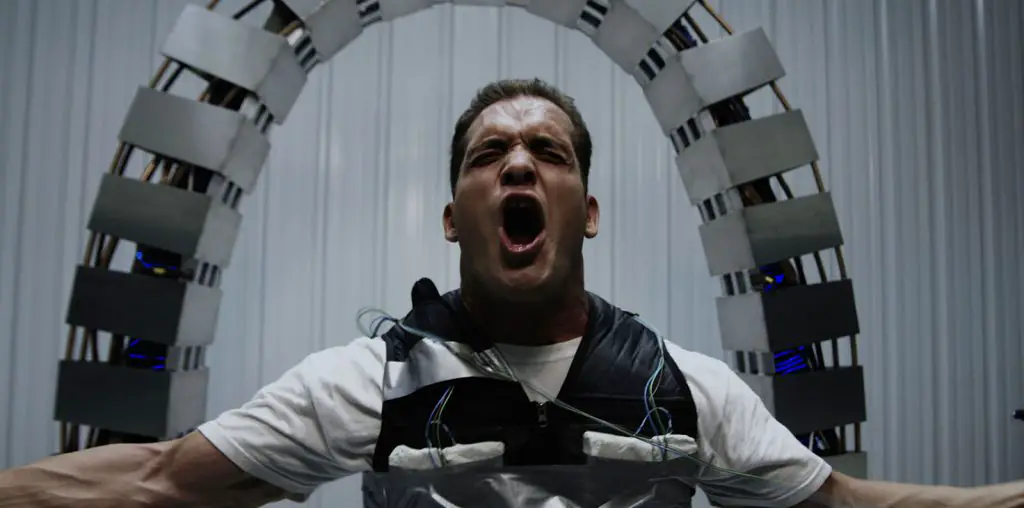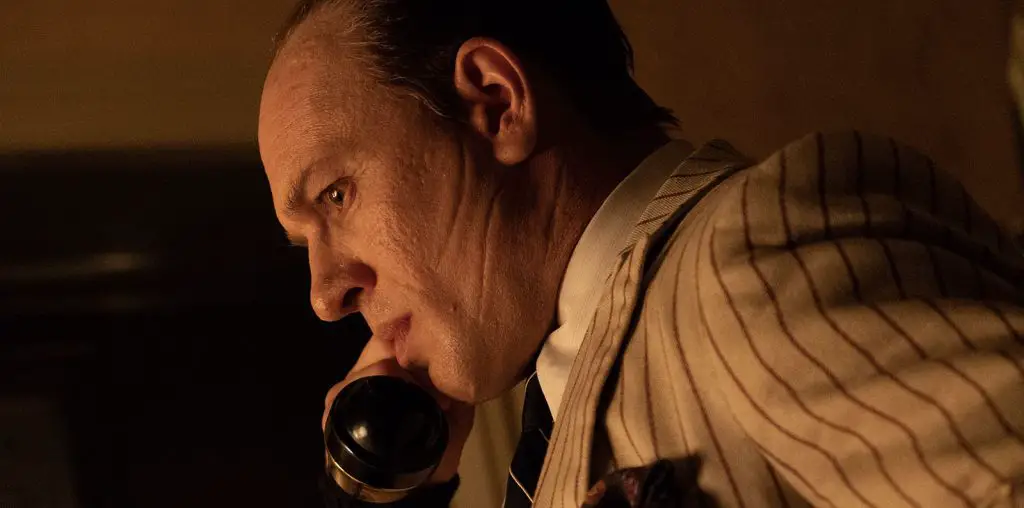
“The NEA Tapes” is a 60-minute propaganda piece masquerading as a documentary. While its aims are clearly noble (an impassioned argument to continue the minuscule federal funding of the National Endowment for the Arts), the film is an intellectually dishonest and shamefully lopsided diatribe which makes no pretense of serving up cogent opinions from all sides of the argument.
Admittedly, “The NEA Tapes” is fairly late in coming about since the brouhaha on how the NEA uses its budget first spiked the headlines back in 1995. The controversy has long since abated and the agency itself, despite the huffing and puffing of ham-handed conservative politicians who never mustered public support for their crusade, is alive and in no danger of going extinct. Still, filmmakers Paul Lamarre and Melissa Wolf decided there is enough gas in this tank to fuel a movie which outlines how the NEA funds are used and why federal support of the arts is still relevant.
However, despite 300 interviews with a variety of artists, lawyers, politicians and activists, “The NEA Tapes” is a wobbly affair which bangs its message home with the subtle grace of Moe banging Larry and Curly’s heads together into a hollow “boink.” To its credit, the film goes far and wide across the country to show the less-publicized outlets where NEA funding has trickled down: a theater company in Iowa, an arts education program in Mississippi, an association of Native American basketweavers in California, a museum in Pontiac, Michigan, etc. Furthermore, a fairly distinguished line-up of great minds are given a chance to weigh in on the subject: Tim Robbins, Noam Chomsky, Edward Albee, Victor Navasky, Jonas Mekas and Andrei Codrescu are among the more eloquent and entertaining individuals to get in front of the camera.
However, “The NEA Tapes” fails dismally to provide a comprehensive overview on the old controversy surrounding the agency. The filmmakers provide 60 seconds of screen time to Jane Alexander, the actress chosen by President Clinton to head up the NEA during the agency’s tumultuous fight for survival. While Ms. Alexander speaks briefly about hypocrisy among alleged Congressional supporters of federal arts funding, she is not given any time to answer questions regarding her own well-documented inefficiency as the director of the beleaguered agency nor is she grilled about the conspicuous lack of public support by President Clinton for her and the NEA.
“The NEA Tapes” clearly states that the agency’s financial backing is a mere hangnail in the body of the federal budget and that the United States trails far behind other industrialized countries in providing federal backing of arts program. Unfortunately, the film never bothers to mention that most governmental arts funding actually originates from state and municipal governments (since the projects being funded are overwhelmingly for local appreciation, not national audiences). Also absent fro this film is the fact the U.S. private sector leads the world in providing corporate support for non-profit arts programs, museums, and other artistic institutions.
“The NEA Tapes” also fails to properly offer the voices of those opposed to the use of federal funds to support works which some people deem as inappropriate. NEA foes like Senator Jesse Helms and Congressman Dick Armey are seen in brief C-SPAN news slices bellowing and blustering on the floor of the Congress, but are not interviewed for this film. The director of something called the Christian Arts Network is presented offering a small exhibit showing photographs of the “degenerate art” which was allegedly NEA-funded, although one weary culture-vulture flitting through that showcase confided to the camera that some of the works on display were not part of the NEA program. Ironically, the film devotes considerable footage to its own irrelevancy: news clips of the Cincinnati Police Department’s shutting down a museum exhibit featuring homo-erotic photography by Robert Mapplethorpe. The police action was later laughed out of court, but this silliness had absolutely nothing to do with the administration of NEA funding since the exhibit was not backed with NEA dollars.
One artist, clearly unversed in his history, suggested the agency was created somewhere in the mid-1960s; it was actually created during the administration of Richard Nixon. Additionally, no one in “The NEA Tapes” bothered to recall the controversies from the first attempts at federal arts funding back when President Franklin D. Roosevelt created the WPA in the depths of the Great Depression. During the WPA’s heyday, the agency was constantly criticized for giving dollars to create works which some people deemed as politically and morally corruptive–a story which, truth be told, was far more interesting than the debate presented in “The NEA Tapes.”
“The NEA Tapes” provides an interview with Andres Serrano, whose controversial photograph “Piss Christ” (featuring a plastic crucifixion within a bottle of urine) was among the unlikely creations which stoked the campaign against NEA funding. While Mr. Serrano speaks intensely and abstractly about the creative process, he is never asked the obvious question regarding whether this kind of artwork can be seen as highly offensive by more than a few people. Of course, one person’s definition of “provocative” is another person’s definition of “offensive” and the response (offered by more than a few artists here) that no one is being forced to attend exhibits featuring “Piss Christ” is fairly puerile, and one should question why it is acceptable in some quarters to present art which can offend certain groups but not offend others. Can anyone imagine the reaction if NEA funds were used to finance a full restoration and IMAX presentation of D.W. Griffith’s “The Birth of a Nation” or Nazi propaganda films like “The Eternal Jew”? If the presentation of racist or anti-Semitic work is unacceptable, then why is the presentation of anti-Christian work considered bold and audacious?
The argument for and against the use of federal money to support the arts can provide for lively and heated challenges from both sides of the subject. That is painfully absent in “The NEA Tapes” and that void makes this film a numbing and tiresome failure.

